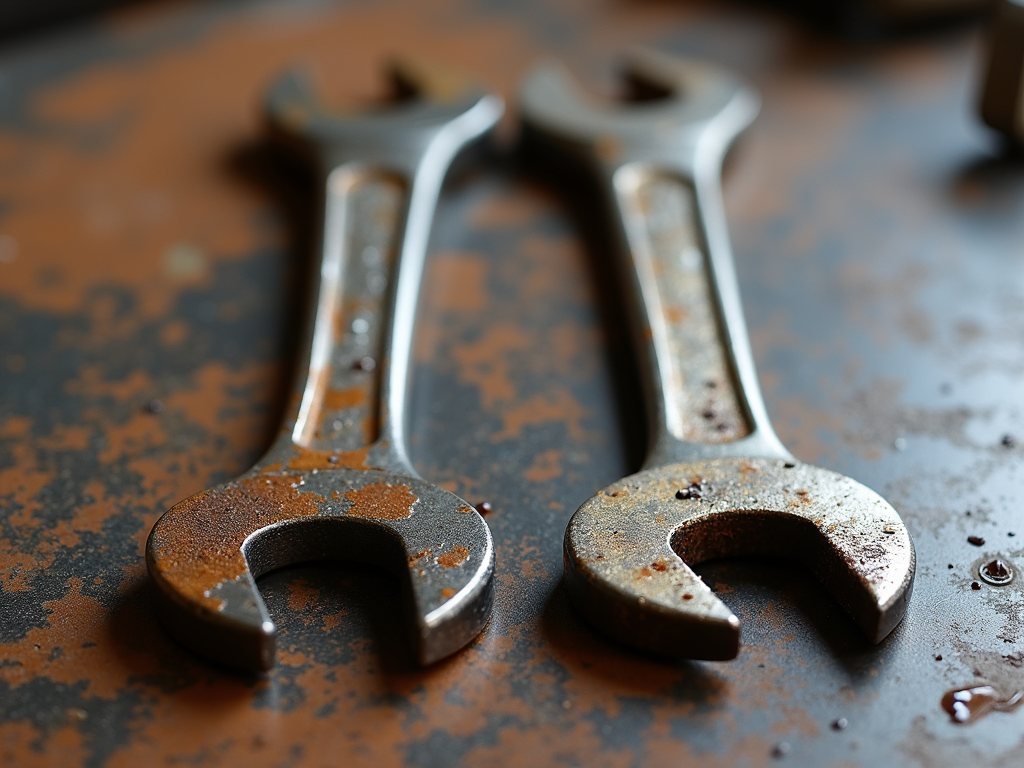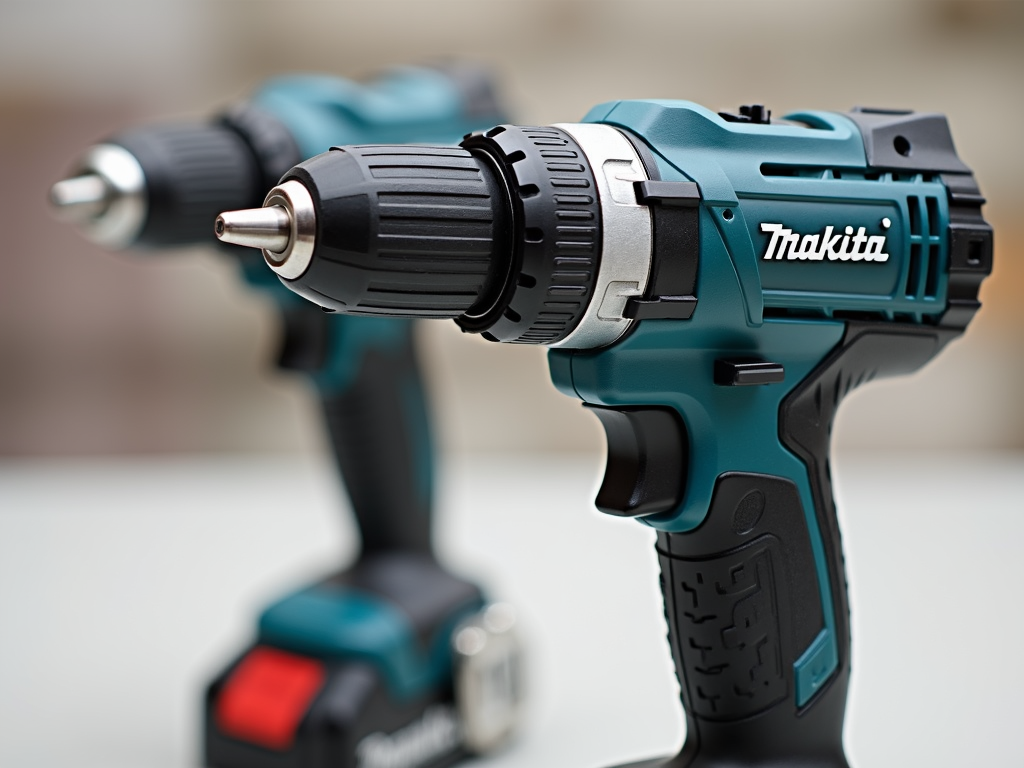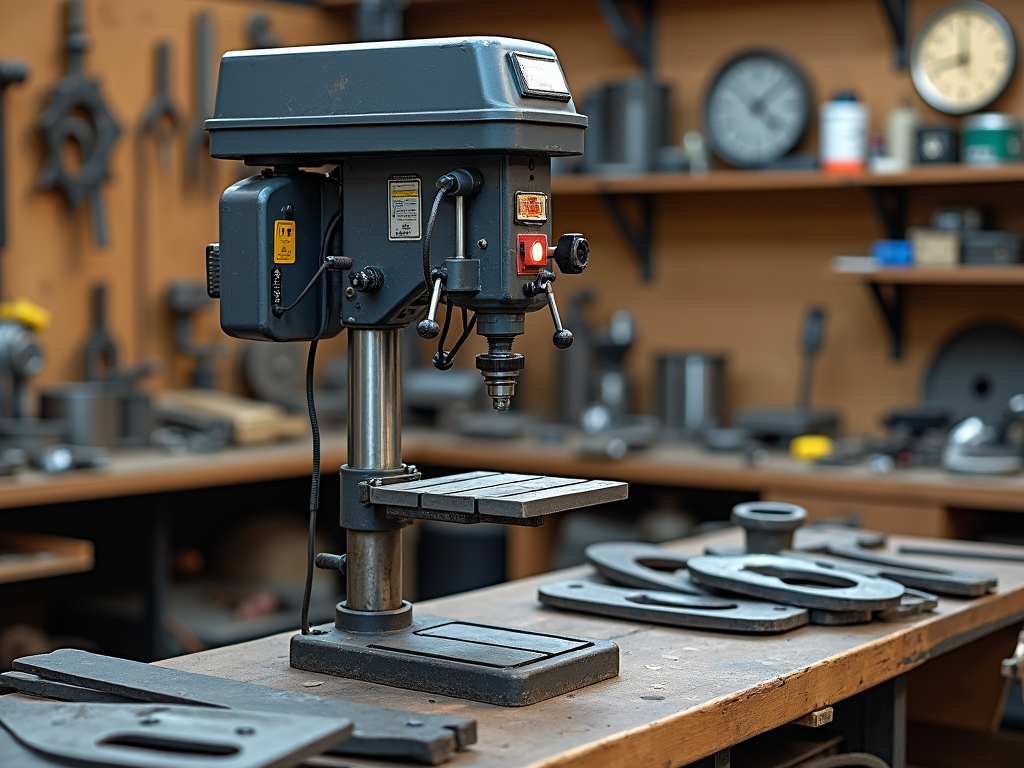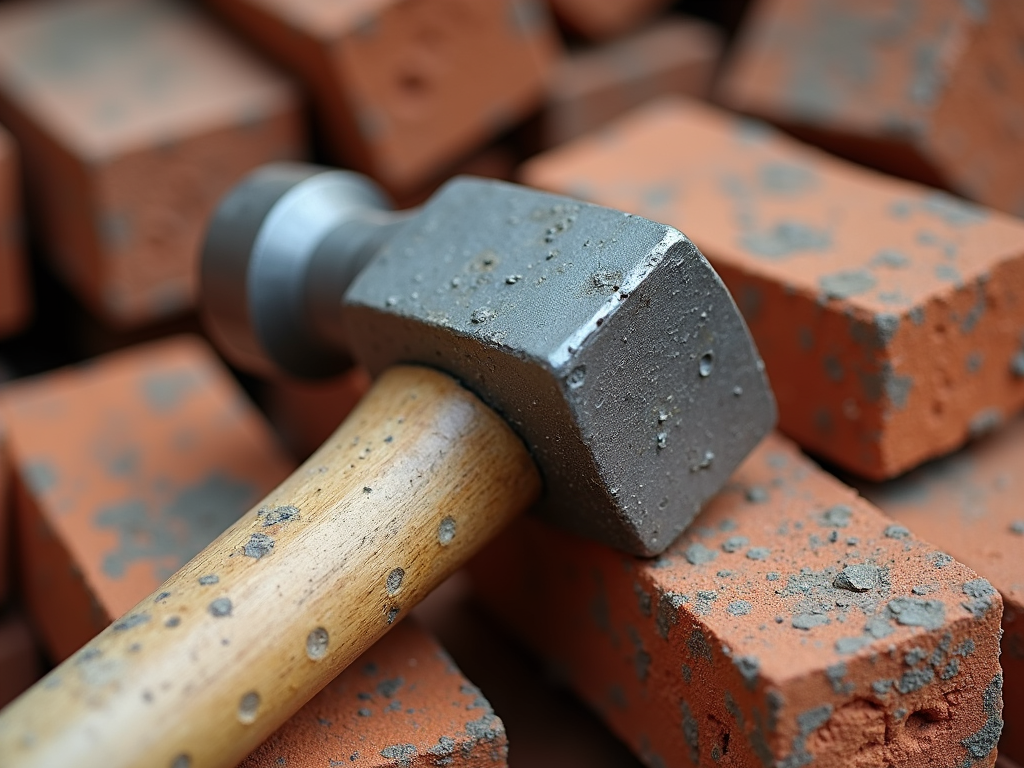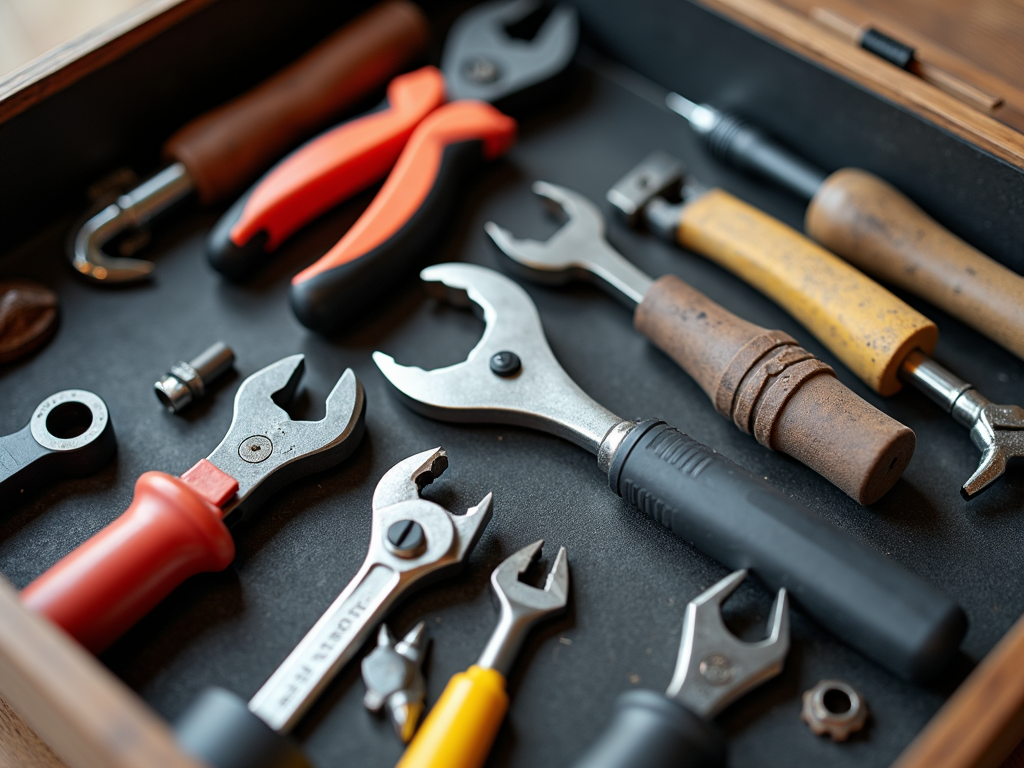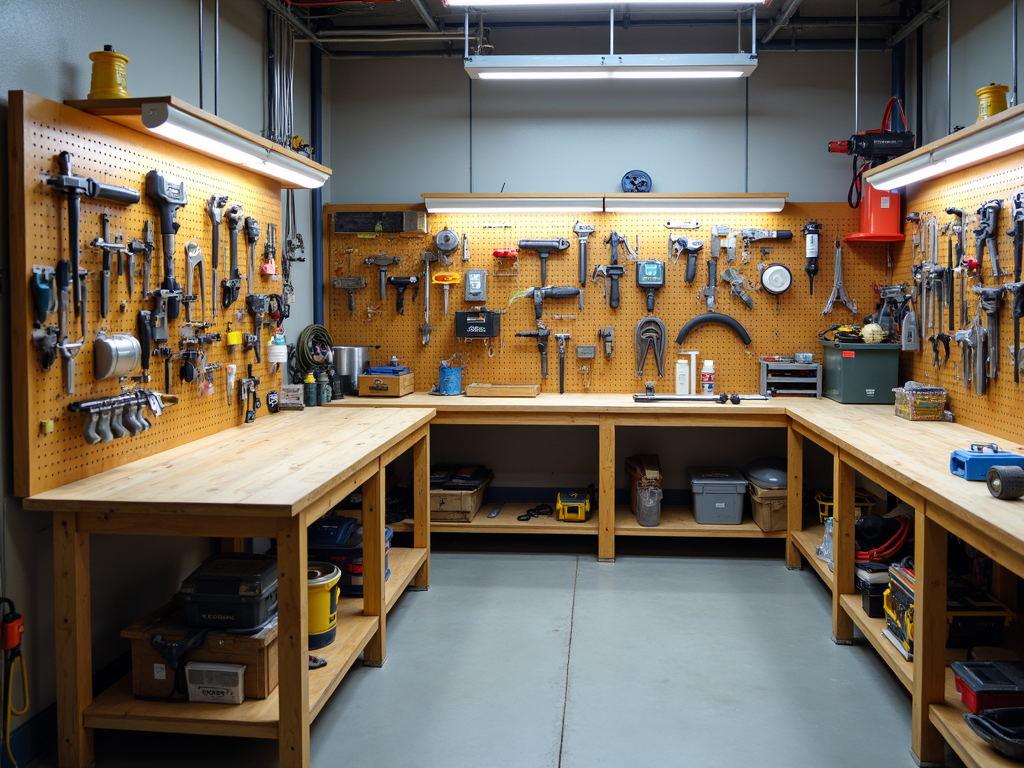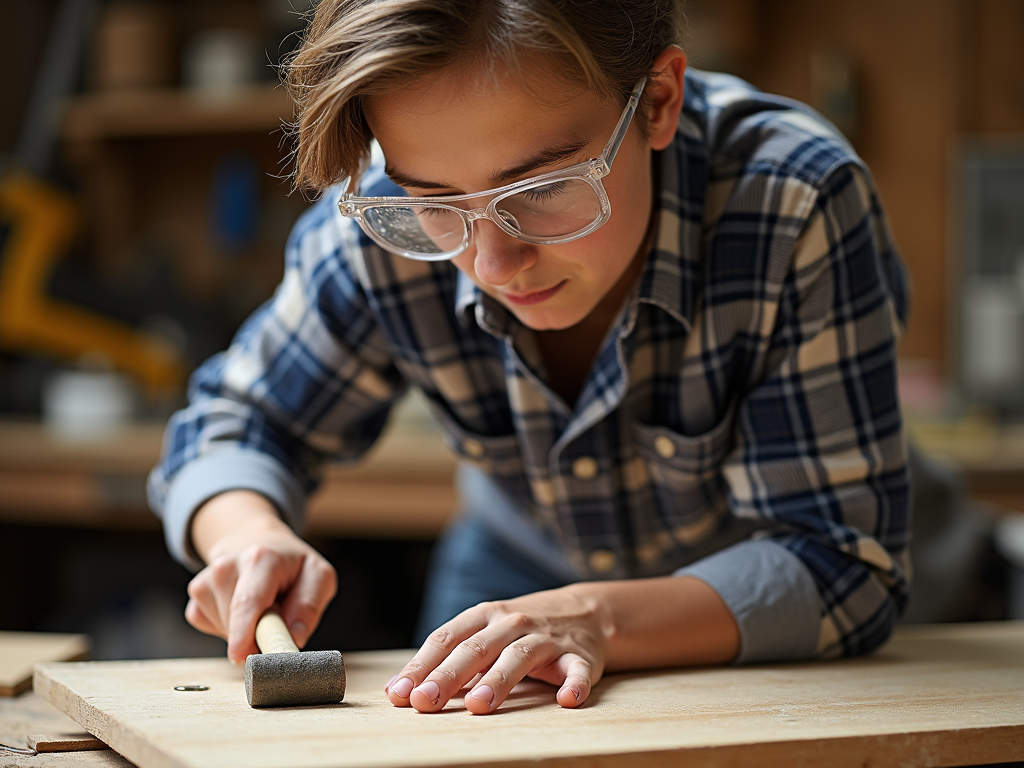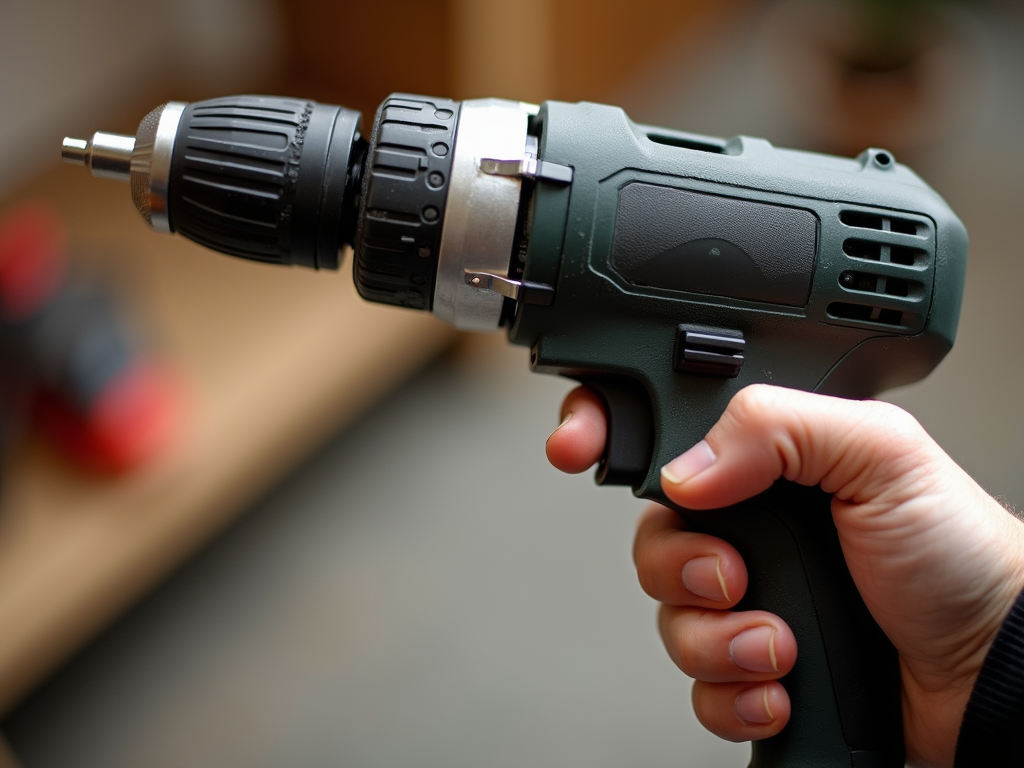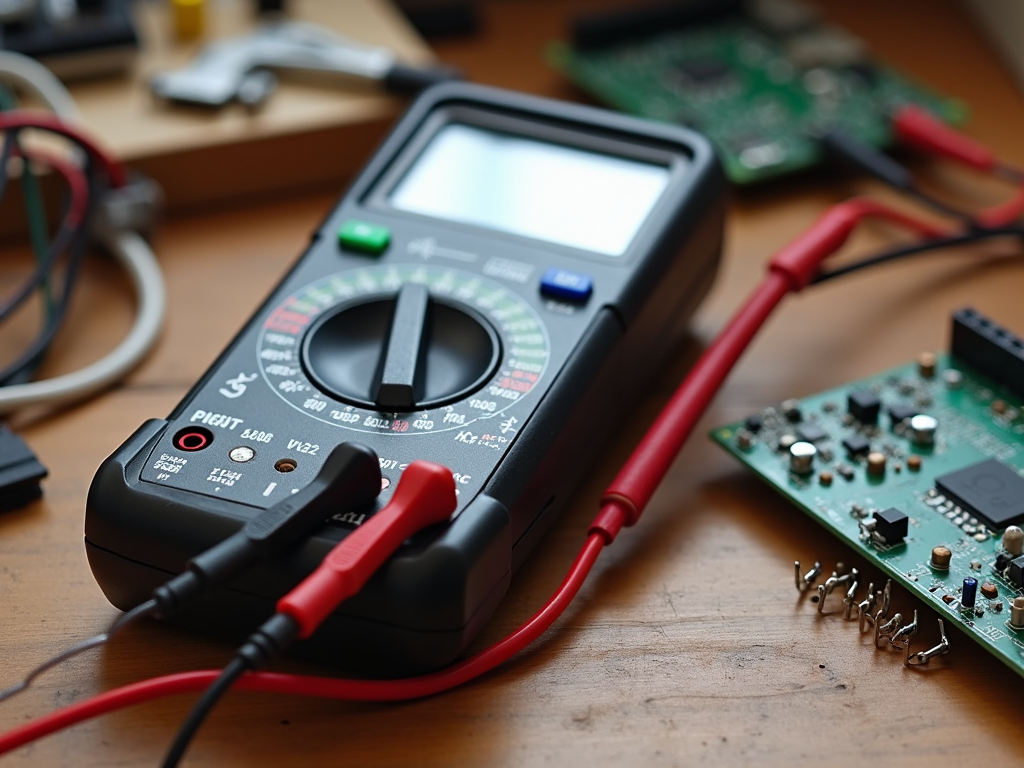Whether you're a seasoned craftsman or a DIY enthusiast, having the right hammer can make all the difference in your projects. This guide will help you understand the various types of hammers, their specific uses, and how to choose the perfect one for every job. We'll also delve into hammer dynamics and ergonomics to ensure you work efficiently and safely.
Hammers are one of the most fundamental tools in any toolbox, but not all hammers are created equal. Choosing the right hammer for the task at hand is crucial for achieving the best results and avoiding unnecessary strain or injury. In this article, we'll explore the different types of hammers, their unique features, and how to select the perfect one for your needs.
There are numerous types of hammers, each designed for specific tasks. Here are some of the most common ones:
- Claw Hammer: The go-to hammer for general carpentry. It features a flat face for driving nails and a claw for removing them.
- Sledge Hammer: A heavy-duty hammer used for demolition, driving stakes, or breaking concrete.
- Ball-Peen Hammer: Commonly used in metalworking for shaping metal and setting rivets.
- Mallet: Made of wood or rubber, ideal for tasks where a metal hammer might cause damage, such as assembling furniture.
- Framing Hammer: Designed for framing houses, with a longer handle and heavier head for driving large nails.
Other specialty hammers include the tack hammer for upholstery, the dead blow hammer for automotive work, and the roofing hammer for installing shingles.
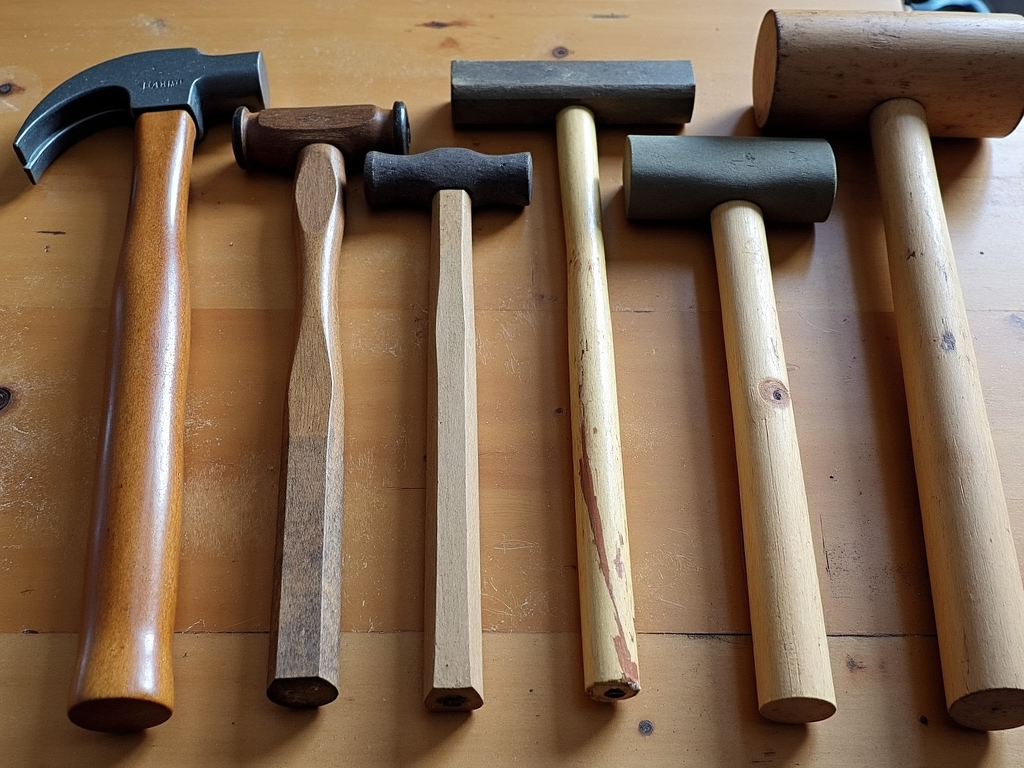
Understanding hammer dynamics and ergonomics is essential for selecting a hammer that not only gets the job done but also feels comfortable and safe to use. Here are some key factors to consider:
- Weight: The weight of the hammer affects the force it delivers. Heavier hammers are better for tough jobs but can be tiring to use over time. Lighter hammers offer more control but may require more swings.
- Handle Length: Longer handles provide more leverage, making it easier to drive nails with fewer swings. However, they can be harder to control. Shorter handles offer better precision for delicate tasks.
- Grip: A good grip is crucial for safety and comfort. Look for hammers with rubber or textured plastic handles that reduce the risk of slipping.
- Balance: A well-balanced hammer feels natural in your hand and reduces strain on your wrist and arm. Test the balance by holding the hammer at the end of the handle; it should feel comfortable and not too head-heavy.
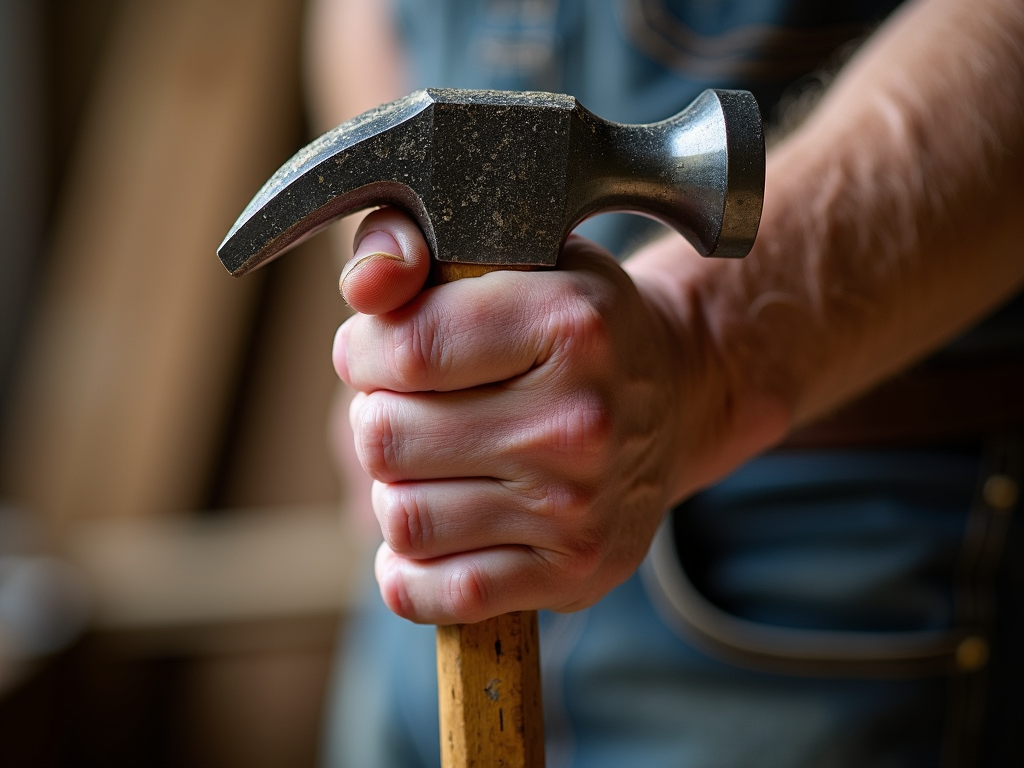
When choosing a hammer, consider the following tips:
- Match the hammer to the task: Use a claw hammer for general carpentry, a sledge hammer for heavy demolition, and so on.
- Consider your strength and hand size: If you have smaller hands, opt for a hammer with a thinner handle. If you're not very strong, a lighter hammer might be more suitable.
- Test the hammer before buying: If possible, hold the hammer and simulate a few swings to ensure it feels comfortable and balanced.
- Look for quality materials: A hammer with a forged steel head and a sturdy handle will last longer and perform better.

To keep your hammer in top condition and ensure safe use, follow these tips:
- Keep the head clean: Remove any debris or rust from the hammer head to maintain its effectiveness.
- Check the handle regularly: Look for cracks, splinters, or loose fittings, and replace the handle if necessary.
- Use the right technique: Hold the hammer near the end of the handle for maximum leverage, and swing from the elbow, not the wrist.
- Wear safety gear: Always wear safety glasses to protect your eyes from flying debris, and consider gloves to improve grip and reduce vibration.
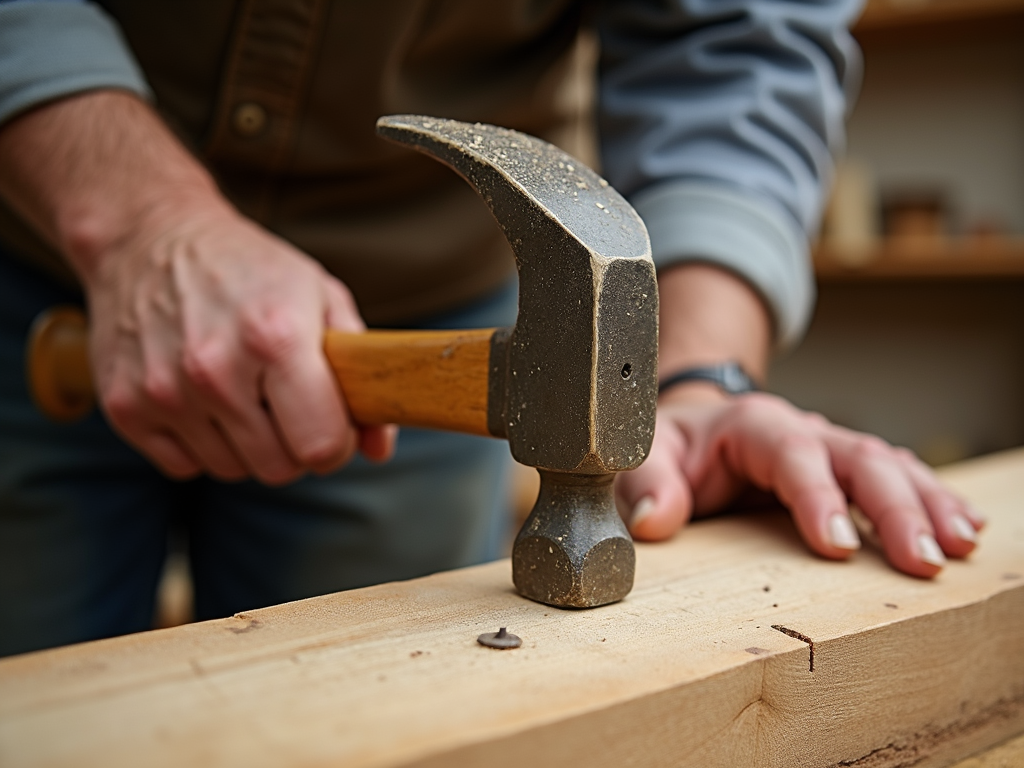
Choosing the perfect hammer for every job is about understanding the different types available, their specific uses, and how they fit your personal needs in terms of dynamics and ergonomics. By selecting the right hammer and using it correctly, you can work more efficiently, achieve better results, and reduce the risk of injury. Remember to maintain your hammers properly and always prioritize safety.
Related Choosing the Perfect Hammer for Every Job:
- How to Maintain Your Tools for Longevity
- Top Innovative Electrical Tools for 2023: A Comprehensive Guide
- The Ultimate Guide to Safety Gear for Construction Workers
- Mastering the Drill Press: Techniques for Better Precision
- How to Prep Your Room for a Perfect Paint Job
- Essential Construction Tools for Masonry Work: A Comprehensive Guide
- How to Choose the Right Power Drill for Your Projects
- Tool Care Basics: Essential Tips to Keep Your Gear Like New
- Top 10 Must-Have Tools for Every Workshop
- A Beginner's Guide to Workman Tools: Essentials, Toolboxes, and Safety Tips
- Essential Safety Checks for Power Tools
- How to Use a Multimeter for Beginners: A Step-by-Step Guide
